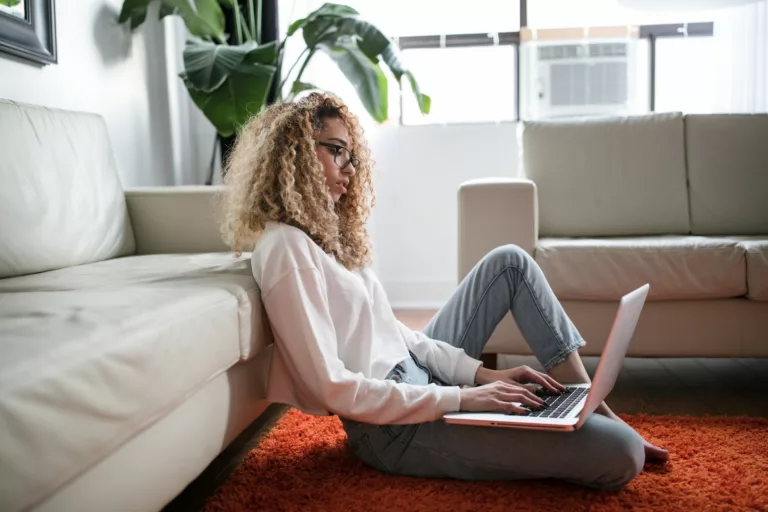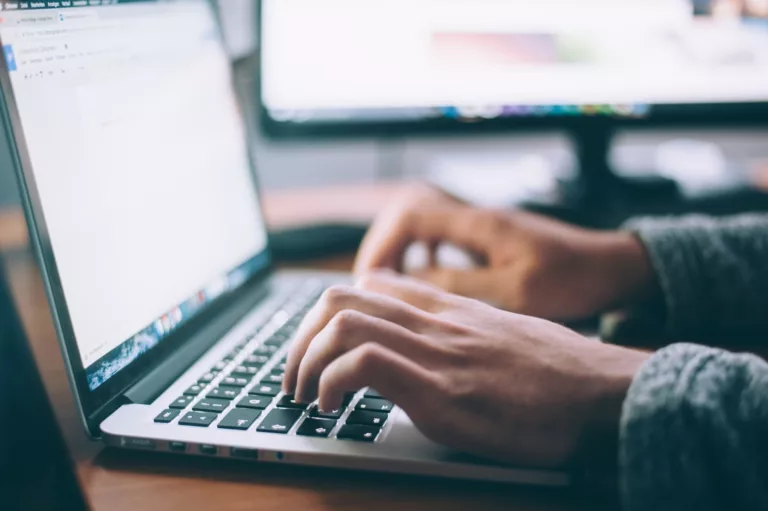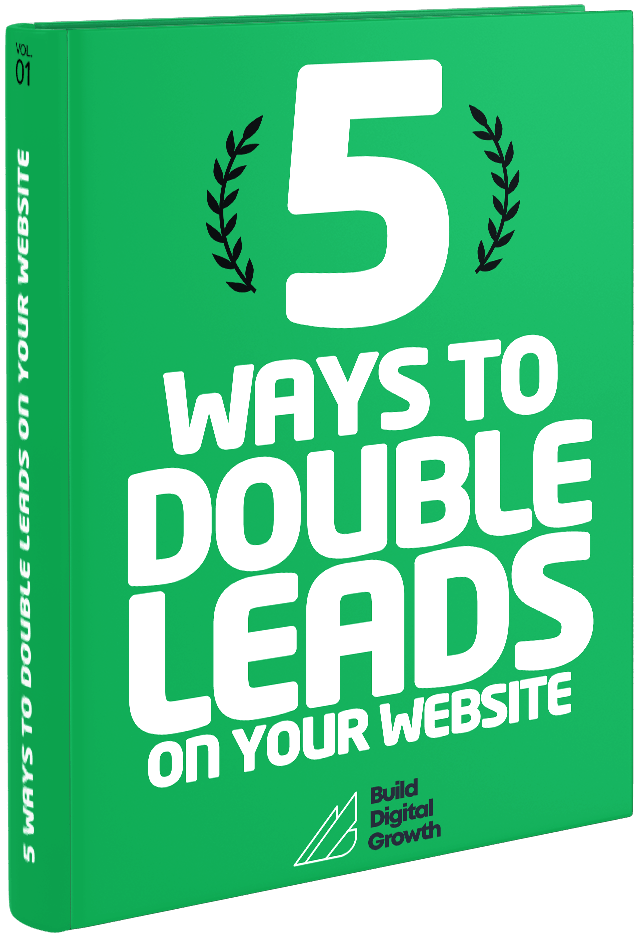Social media platforms are updating their interface constantly,and that means social media image sizes change regularly too. Even if you don’t notice it.
Sure, it doesn’t matter too much if you change your personal Facebook profile picture to a slightly pixelated photo of your trip to Bali last summer.
But if you do that on your brand’s social media account then you might give your customers or followers the wrong message.
This guide breaks down the recommended social media image sizes, aspect ratios and pixel dimensions that you should be uploading to various online platforms. And they’re all completely up-to-date. We’ve included profile pictures, cover pictures and pictures you post where relevant, too.
Are Correct Social Media Image Sizes Important?
In a word, yes! It’s the attention-to-detail aspects of social media marketing that can really make your brand look more professional and trustworthy.
It might seem like an insignificant niggle to worry about, but it’s a subconscious message you’re sending to your potential customers. If a business can’t upload a picture to Instagram without it looking blurry, how can they be trusted to get my order right?
Uploading digital images in the wrong size and format can have very undesirable outcomes. Twitter images sizes are especially tricky and uploading a photo in the wrong dimensions could cut off a vital part of the post in a way that looks offensive or hilarious for all the wrong reasons.
Trust us, that’s not how you want your brand going viral!
1. Facebook Image Sizes
- Page Profile Image: 180 x 180px, 1:1 aspect ratio. Will display 170 x 170px on desktop and 128 x 128px on most smartphones
- Page Cover Image: 820 x 312px, 1.91:1 aspect ratio. Will display 640 x 360 on most smartphones
- Group Cover Image: 1640 x 856px, 1.91:1 aspect ratio
- Event Cover Image: 1200 x 628px, 1.91:1 aspect ratio
- Feed Image: 1200 x 628px, 1:91:1 aspect ratio. Maximum display width of 470px for rectangles and 504px for squares. Max aspect ratio of 1:1
- Feed Link Image: Same as a normal feed image
When you create images for social media marketing on any of your platforms, keep in mind that 72dpi (pixels per inch) is the recommended image resolution for images posted online.
Another thing to note with Facebook social media image sizes is that the vast majority are landscape. It’s only the profile picture which is a square (or 1:1 aspect ratio) format. So, with small tweaks, you can easily adjust your images to any of these pixel dimensions.
And most other social media platforms require a 1:1 square profile picture, which makes things easier!
2. Twitter Image Sizes
- Profile Image: 400 x 400px, 1:1 aspect ratio. Will display 200 x 200px
- Cover Image: 1500 x 500px, 3:1 aspect ratio
- Feed Image: 1024 x 512px, 2:1 aspect ratio
Twitter’s profile and cover image sizes are fairly straightforward, but it’s the feed images that are fickle. Lots of social media users like having fun with Twitter’s weird and wonderful cropping tool.
Our advice is to stick to landscape images and make sure you look at the preview properly before you post an image.
3. Instagram Image Sizes
- Profile Image: 110 x 110px, 1:1 aspect ratio
- Feed Image: 1080 x 1080px, 1:1 aspect ratio for square images. 1080 x 1350px, 4:5 aspect ratio for portrait images. 1080 x 566 for landscape images
- Story Image: 1080 x 1920px, 9:16 aspect ratio
Instagram probably has the simplest social media image sizes out of them all, which is great! Because Instagram is one of the most important social media platforms out there across many demographics.
Don’t forget Instagram, like most social media platforms, will automatically crop your profile picture as a circle. This is usually not a big deal but just don’t put anything vital in the four corners of your photo!
4. YouTube Image Sizes
- Profile Image: 800 x 800px, 1:1 aspect ratio. Will display 98 x 98px
- Cover Image: 2560 x 1440px, 16:9 aspect ratio. Will display 1546 x 423px
- Preview Thumbnail Image: 1280 x 720px, 16:9 aspect ratio
The main thing to be mindful of when posting images on YouTube is the cover image (or cover art as YouTube call it). The photo can be automatically cropped drastically after you post it, depending on the pixel dimension.
5. LinkedIn Image Sizes
- Profile Image: 300 x 300px, 1:1 aspect ratio
- Cover Image: 1536 x 768px
- Feed Image: 1200 x 627px, will display 552 x 289px
- Feed Link Image: Same as normal feed image
LinkedIn’s cover image and feed images have irregular aspect ratios. But as long as you keep as close to the recommended pixel dimensions, you won’t have to crop too much out of your image.
6. Pinterest Image Sizes
- Profile Image: 280 x 280px, 1:1 aspect ratio. Will display 165 x 165px or 32 x 32px
- Board Cover Image: 600 x 600px, 1:1 aspect ratio
- Pin Image: 1000 x 1500px, 2:3 aspect ratio
Pinterest’s profile and board cover image sizes have stayed the same for a while now. However, Pinterest has very recently cracked down on pinned images. They require pins to be 1000 x 1500px minimum, which is much more than they’ve stipulated previously.
7. Snapchat Image Sizes
- Profile Image: There isn’t one!
- Shared Image: 1080 x 1920px, 9:16 aspect ratio
Snapchat is unique in that it doesn’t want users to upload their own profile picture. Instead, Snapchat has teamed up with Bitmoji where people can create personalised avatars. So instead of a profile image, Snapchatters can feature a Bitmoji icon instead.
The image resolution for sharing images and videos remains unchanged as it is dependent on up-to-date HD pixel dimensions. The 1080 x 1920px is universal across most HD laptop, TV and phone screens.
8. TikTok Image Sizes
- Profile Image: 200 x 200px, 1:1 aspect ratio
- Feed Video: 1080 x 1920px, 9:16 aspect ratio
Of course, TikTok isn’t the place for sharing photos but with its recent meteoric rise, we couldn’t miss it off the list!
You’ll still need to upload a profile photo despite the fact TikTok is video-focused. The ideal video size is the same as Snapchat, as you would expect for social media platforms primarily viewed on HD smartphones.
Always Use Up-to-Date Social Media Image Sizes
Making sure you’re using the correct, up-to-date social media image sizes for various platforms isn’t the most exciting task in the world, but it’s essential to your brand. It will help your brand seem more professional, like you know what you’re doing and care about your business!
A yearly check-up to keep on top of recent updates is all it takes. But there is a lot to keep on top of when it comes to all the different social media platforms out there.
If you have any questions on how to take your business or brand’s social media marketing to the next level, check out our social media services and enquire about a free social media audit!










